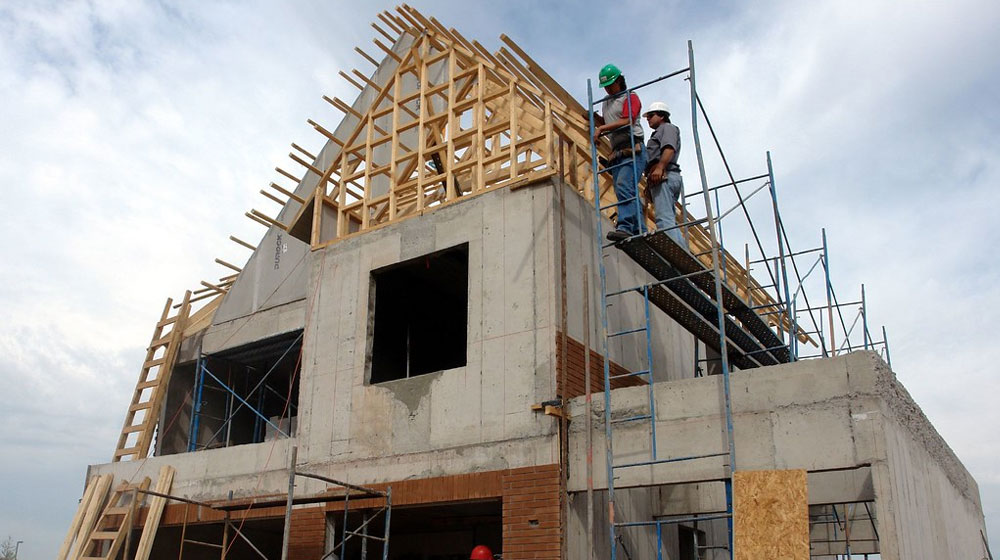Pakistan’s urban areas face a looming housing crisis as 47 percent of households live in overcrowded housing units in informal settlements with inadequate infrastructure and services, says the World Bank.
The Bank in its report “Behind on rent or left behind: measuring housing poverty in urban Pakistan”, noted that in response to the growing housing shortage, the government of Pakistan launched the ambitious Naya Pakistan Housing Program (NPHP) in April 2019 with the objective of providing 5 million housing units across the country in five years, prioritizing those in lower income brackets for whom affordable housing is out of reach.
To assist in targeting and monitoring the effectiveness of this and other policies, it is important to determine an objective criterion for housing affordability. Typically, policymakers have used the 30 percent rule (the ‘ratio’ method); housing is considered unaffordable if it absorbs more than 30 percent of the household’s total income. However, this benchmark is arbitrary and does not account for variations in the cost of living and individual preferences.
To address these concerns, a Residual Income Method (RIM) has been proposed which measures whether households have enough ‘residual’ income, leftover after paying for housing, to be able to cover their basic needs. However, this method relies on
- Official budget standards, which do not exist in most low-income country contexts
- Household income data, which is not conventionally measured in low-income countries due to high informality and production for own use.
Based on this, households that are unable to afford a minimum threshold of non-housing expenditures (after paying for housing costs) are classified as housing-poor. “We use the Cost of Basic Needs (CBN) methodology, and rely on nationally representative household survey data, to estimate a non-housing poverty line and find that 31.3 percent of individuals in urban Pakistan lived in unaffordable housing in 2018-19”, noted the report.
At the national level, these estimates are similar to those obtained using the traditional ‘ratio’ approach but diverge in meaningful ways across space and welfare distribution. They also far exceed the official urban poverty rate of 10.9 percent for the same period.
The report noted that based on the proposed housing poverty approach, it is found that more than one in three urban residents face unaffordable housing conditions. On the face of it, this is similar to the standard ratio rule-of-thumb method, which estimates that approximately 38 percent of the urban population lives in unaffordable housing.
However, it finds that both methods target very different groups; while 54.2 percent of the urban population is classified similarly by both methods, 19.5 percent of the population is housing poor but excluded under the simplistic ratio method.
A provincial breakdown also shows large differences across the two methods for urban Khyber Pakhtunkhwa, the rate of housing unaffordability almost doubles when it uses the housing poverty metric.
This has important implications for targeting policy interventions to population subgroups where they are needed the most. This also underscores the potential benefits of computing this measure at further disaggregated geographical levels, particularly since housing markets and prices tend to vary across locations.





















